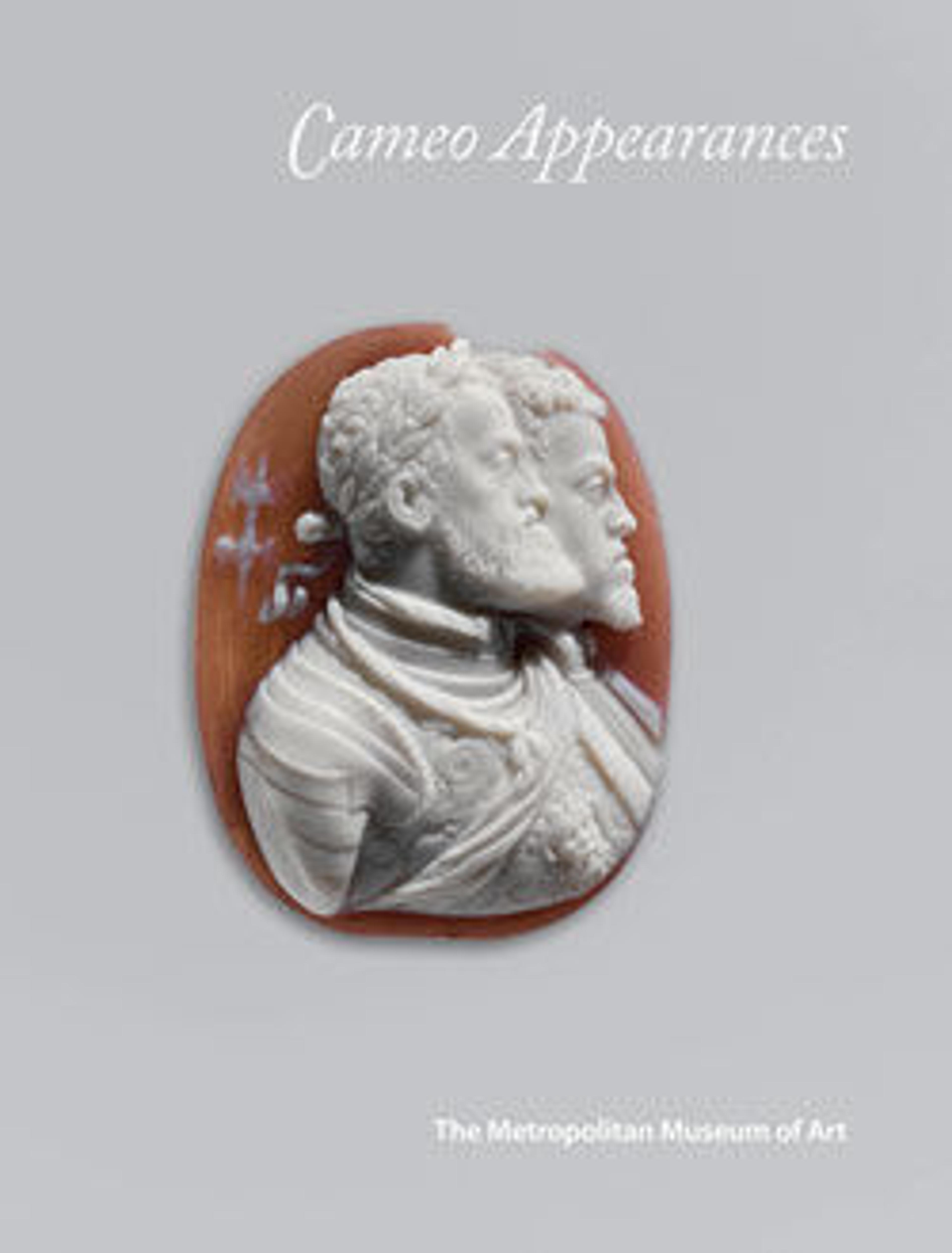Portrait of Emma Hart, Later Lady Hamilton (1765–1803)
Neoclassical Europe appreciated Nathaniel Marchant's emulation of the best in Greco-Roman form and his glyptic perfectionism, with results not unlike our a late 1st century cameo in the Museum's collection (10.110.1). In 1786–87 he visited Naples, where the beauteous Emma Hart was the current rage. Artists crowded the rooms of her protector, Sir William Hamilton: "The house is full of painters painting me," Emma wrote. "Marchant is cutting my head in stone, that is in cameo for a ring. . . . All the artists is coming from Rome to study from me." Either Marchant cut both a cameo and an intaglio or the unlettered Emma confused the two. The Grecian headdress is in keeping with her famous "attitudes," poses she struck based on masterpieces of antiquity.
Artwork Details
- Title:Portrait of Emma Hart, Later Lady Hamilton (1765–1803)
- Artist:Nathaniel Marchant (British, active Rome and Naples, born Sussex 1739–1816 London)
- Date:1786–87
- Culture:Italian, Naples
- Medium:Smoky chalcedony, silver-gilt
- Dimensions:Overall: 1 3/16 x 15/16 x 13/16 in. (3 x 2.4 x 2.1 cm); visible cameo (confirmed): 27.3 x 21 mm
- Classification:Lapidary Work-Gems
- Credit Line:The Milton Weil Collection, 1940
- Object Number:40.20.1
- Curatorial Department: European Sculpture and Decorative Arts
More Artwork
Research Resources
The Met provides unparalleled resources for research and welcomes an international community of students and scholars. The Met's Open Access API is where creators and researchers can connect to the The Met collection. Open Access data and public domain images are available for unrestricted commercial and noncommercial use without permission or fee.
To request images under copyright and other restrictions, please use this Image Request form.
Feedback
We continue to research and examine historical and cultural context for objects in The Met collection. If you have comments or questions about this object record, please contact us using the form below. The Museum looks forward to receiving your comments.
